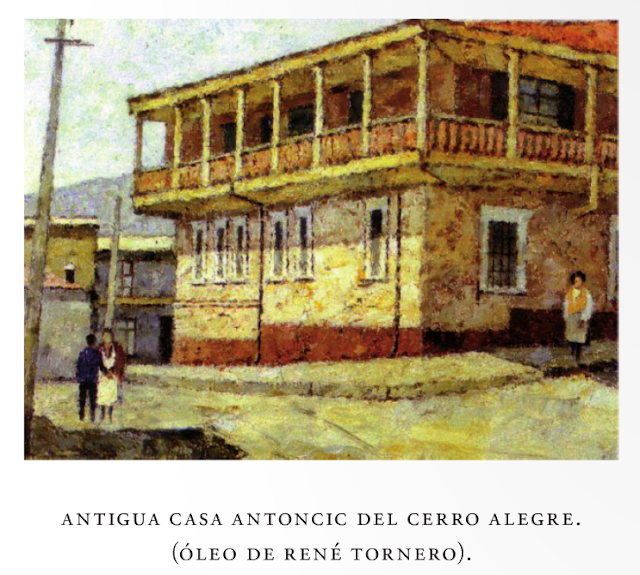
History of the House
The original casa Antoncich – Miramar 410 – was built in 1861 and has survived major earthquakes in 1906, 1985 and 2010. It was the first house built in that part of Cerro Alegre, as is visible from the early photographs
It was here that the original Monday evening recitals began in 1918. Initially these were modest enough events, with local musicians – trios and quartets, performing. But they were important events and one of the few regular live classical performances anywhere in Chile. For European immigrants in Valparaiso this was a unique opportunity to maintain a cultural bond with their country of origin, and an opportunity for Chileans to experience it too.
What Antoncich was creating in Valparaiso was mirroring the changes that were happening to classical music across the globe. The nineteenth century brought significant upheaval to Western societies. Democratic ideals and the Industrial Revolution swept through Europe and changed the daily lives of citizens.
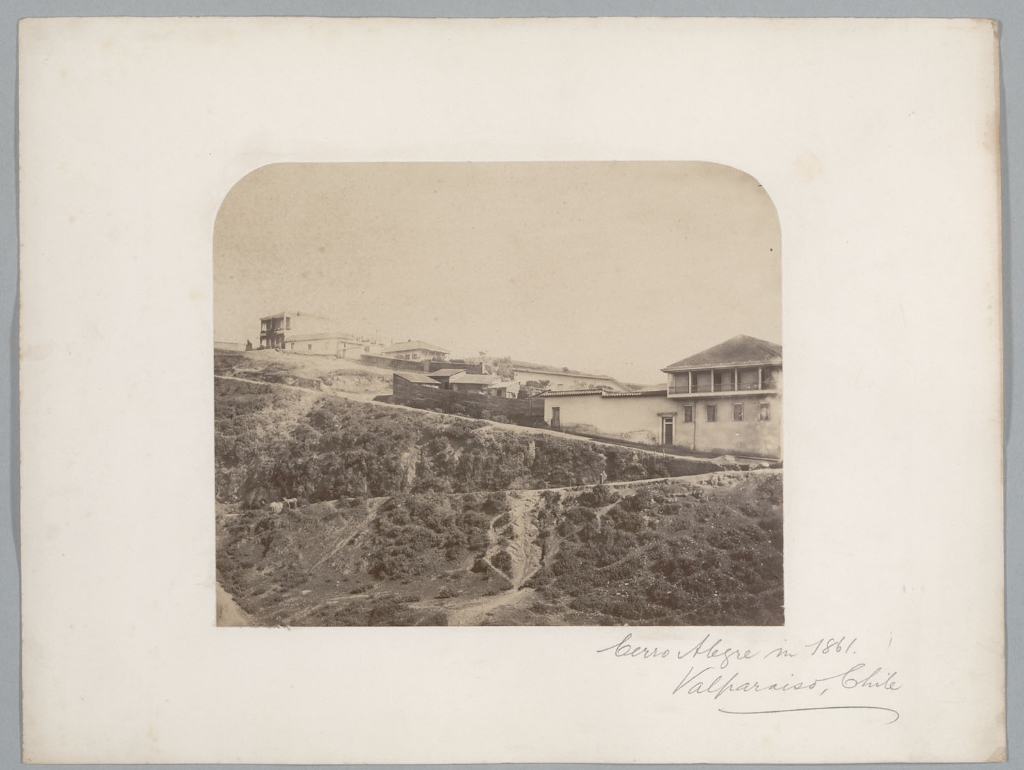
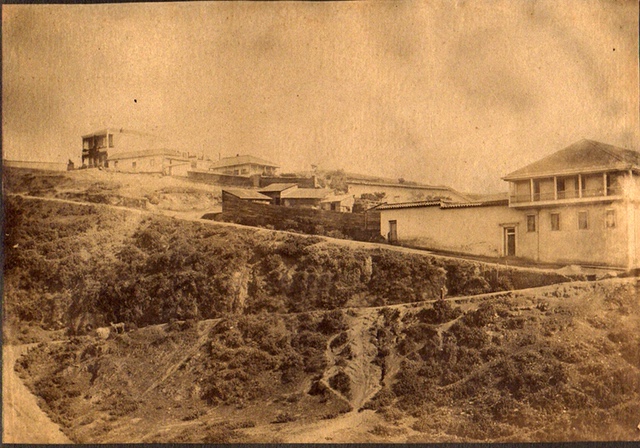
Valparaiso Cerro Alegre – William Oliver | 1861 – Original en la Universidad de Callifornia USA
In earlier times, musicians were usually employed by either the church or the court and were merely servants to aristocrats. Composers wrote music for performances in these venues, and musical instrument makers produced instruments to be played by wealthy patrons or their servant musicians.
One result of the Industrial Revolution was the creation of a middle class. This new economic strata consisted of a larger number of people with more disposable income and more leisure time than had ever existed before. New opportunities for earning a livelihood as a musician or composer produced two seemingly opposite venues as the primary places for musical activity – the large theater and the parlor, or salon.
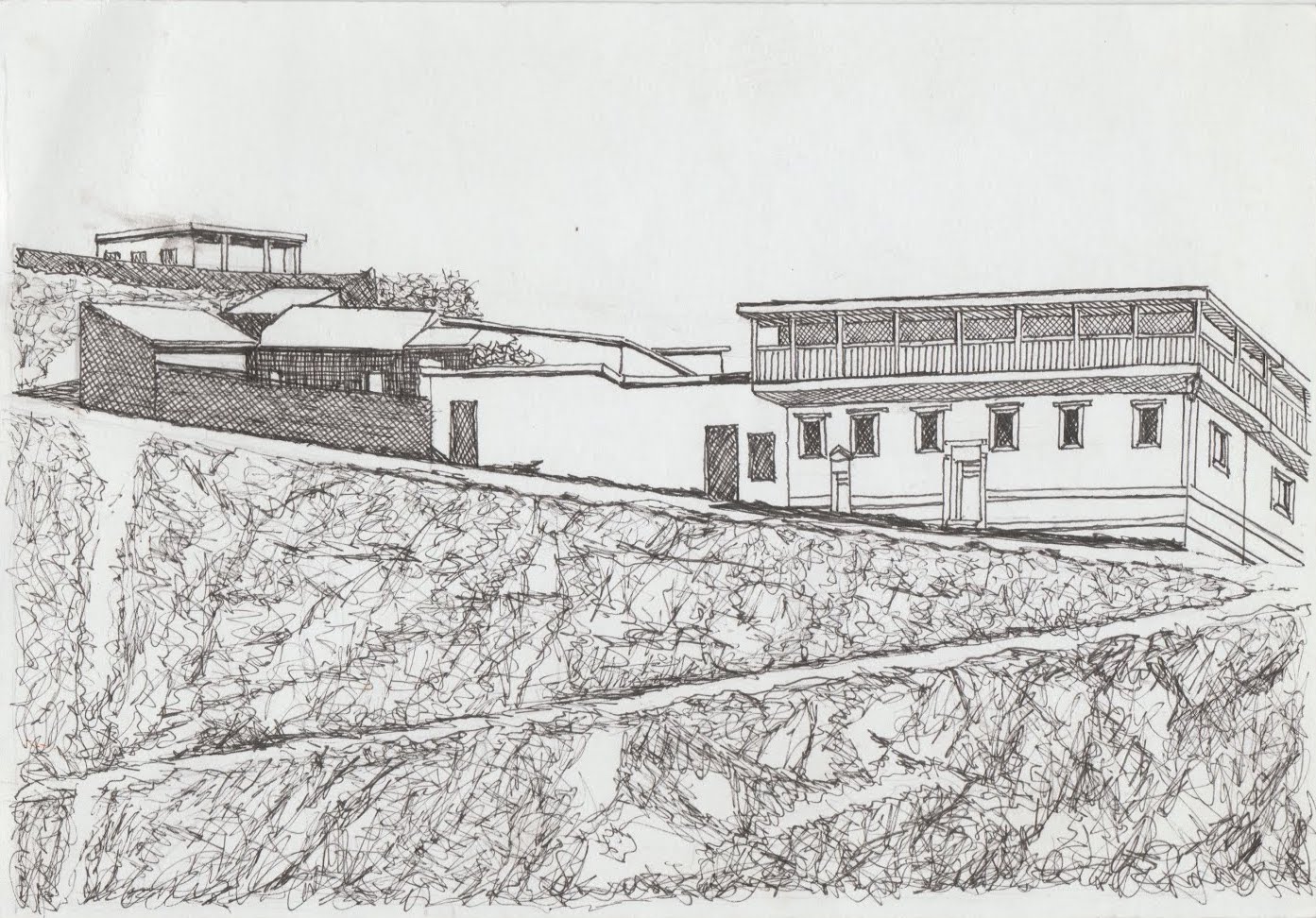
Music gained popularity in the intimate nineteenth-century salon. Musical performances for small groups of people became popular events, and some composers/performers were able to support themselves financially by performing in these small venues and attracting wealthy patrons.
This was the tradition that Antoncich was following. As his wealth increased so too did Antoncich’s passion for buying coveted and much-sought after instruments eventually he would build the largest and most important private collection of musical instruments in South America).
“In May 1922 he came to Europe, by steamer, to buy a violin belonging to the golden age of violins, made in the city of Cremona, Italy. It is an instrument built by Carlo Bergonzi (1683-1747), considered the best pupil of Antonio Stradivari. The arrival of the instrument revolutionized the social and musical environment of the Antoncich house.” – José Pérez de Arce, “Don Antonio Antoncich, musical philanthropist. Valparaíso c. 1920,” Resonances, no. 23 (November 2008)
The house on Cerro Alegre began to attract attention in civic and social circles in what was then a bustling commercial and cultural centre. As the newspaper El Mercurio noted, Antoncich and his salon were starting to get noticed around this time: They noted that Antoncich was a…
“Gentleman of Yugoslav nationality, extremely fond of the arts, and mainly of music […], who arrived in Chile in 1892 […] the first thing he thought of when acquiring his splendid property in Cerro Alegre was to make a music room, and in the company of some distinguished fans like him, and many others professionals, he began holding meetings periodically in his house” – El Mercurio,Valparaiso (Monday, January 31) 1927
The Bergonzi violin purchase was one of many world-class instruments that began to find their way to Miramar. As Jason Price of the world famous auction house Tovani notes; ‘The year after he bought the Bergonzi he purchased his second and third instruments, a Guarneri and a Stradivari. Upon their arrival in Valparaiso, they were immediately put to use, in a recital that evening featuring the pianist Maria Dvorak, the niece of the Czech composer.’
The instruments kept arriving,“Antoncich’s next purchase consisted of a cello by Sebastian Vuillaume and a viola by Lupot, both acquired locally in November of 1923. And then at the end of the year he bought a 1712 Grancino cello, an 1829 Rivolta viola, a Grancino violin, a Tourte cello bow and a Voirin viola bow” – Jason Price, Antonio Antoncich, Tarisio.com

“Music was played from 9:30 at 12:00 at night. Then they went to the dining room where Don Antonio offered a “tea with many sweets in the dining room […], a fountain full of the most exquisite Ramis Clair cakes, there were chocolate ‘soaps’ black, white and pink, powdered, lemon cups, a thousand leaves of chocolate and cream, chocolate ‘hedgehogs’, almond ‘potatoes’ ”. – José Pérez de Arce, “Don Antonio Antoncich, musical philanthropist. Valparaíso c. 1920,” Resonances, no. 23 (November 2008)
But the salon at Miramar was about to see its most remarkable new addition, in the middle of 1924. That was when he imported a custom-made pipe organ from the Gebrüder Link firm in Germany. A German technician arrived from Buenos Aires to install the meters of tubes and pipes. Antoncich had it installed in his music room.
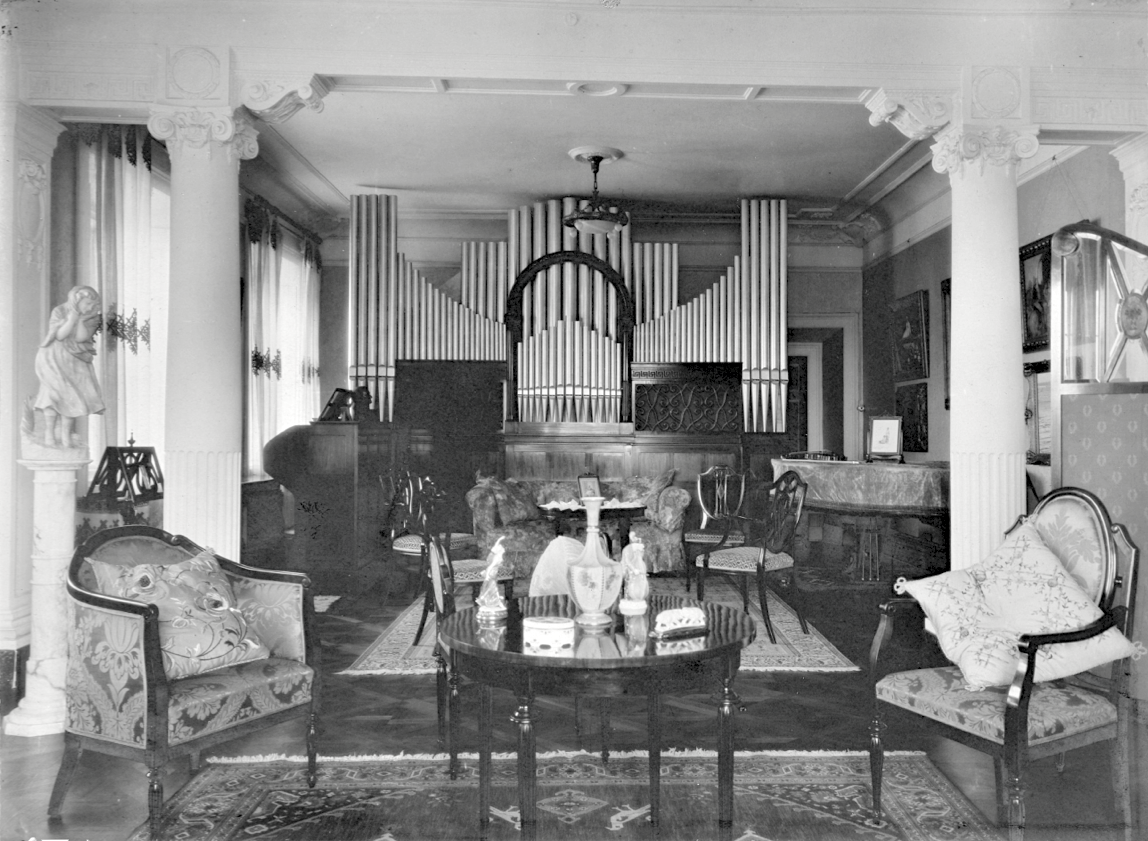
If the Bergonzi violin’s arrival a year earlier elevated the status of the recitals then the arrival of the organ enhanced them even further.
As Arce notes,
‘The installation of the organ promoted the hall to a new status, allowing the generation of the best music in a wide repertoire. Sometimes the organ replaced the orchestra, as it did with the Violin Concerto in A by Vivaldi, in another the UnfinishedSymphony by Schubert was played accompanied by piano and organ. Social activity increased. The sporadic visits drawn by the hall’s fame continue’. – José Pérez de Arce, “Don Antonio Antoncich, musical philanthropist. Valparaíso c. 1920,” Resonances, no. 23 (November 2008)
A growing family, a prized collection of instruments and, now, an enormous organ meant that Antoncich felt that his Miramar residence was becoming less and less suitable for the business of living and, most importantly, holding his salons. Antoncich wished to invite more people to the salons and accommodate larger ensembles. His solution? He bought his next door neighbour’s house, Miramar 424. The room where recitals was held doubled in size, and was now a small hall.
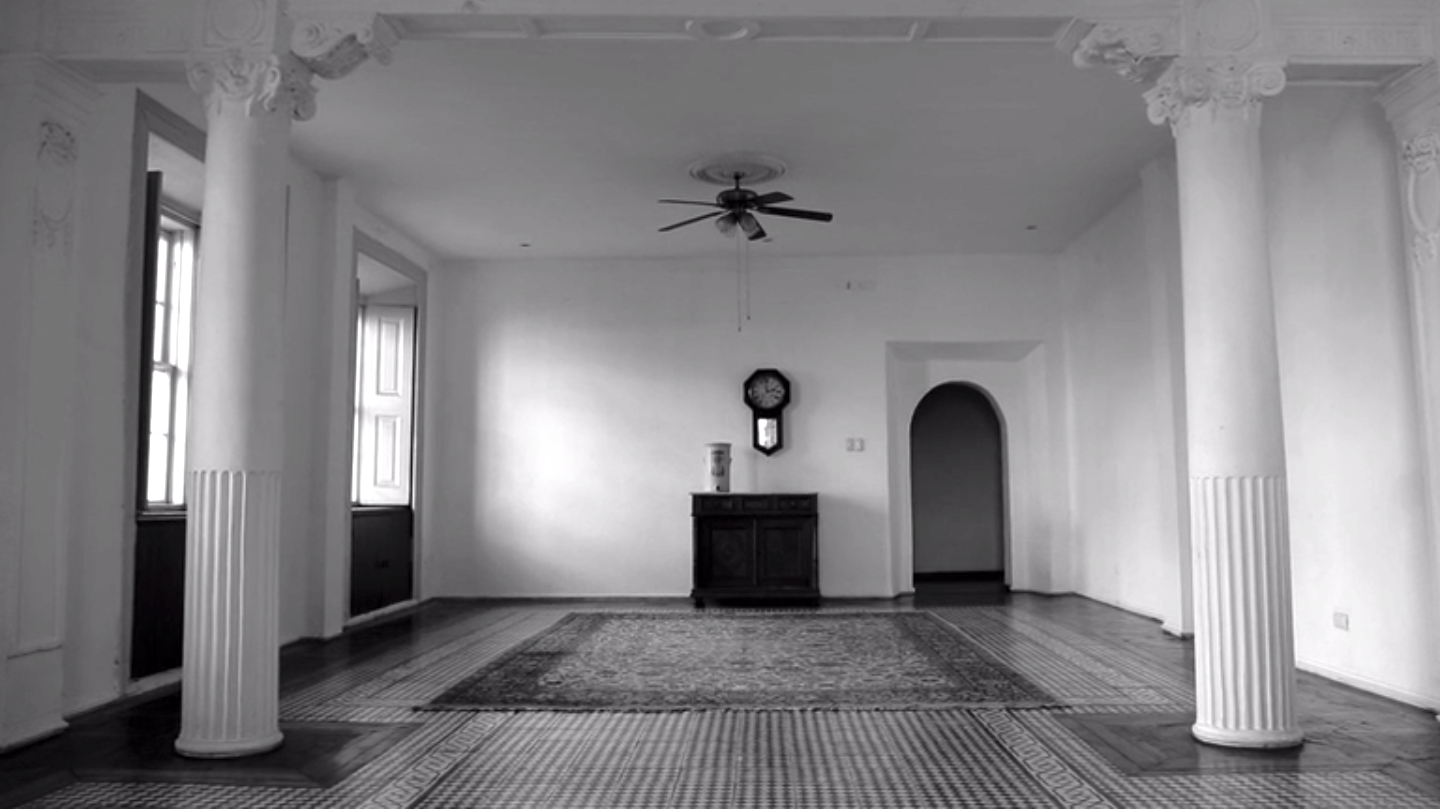
Music salon room, photographed 2018
He also, in 1925, added three exceptional instruments to his collection: the ‘Primrose, Lord Harrington’ Guarneri viola, the 1735 ‘Antoncich, Ward’ Guarneri ‘del Gesú’ and a 1747 Guadagnin. And still the world-class instruments arrived by steamer to Valparaiso: “He also, in 1925, added three exceptional instruments to his collection: the ‘Primrose, Lord Harrington’ Guarneri viola, the 1735 ‘Antoncich, Ward’ Guarneri ‘del Gesú’ and a 1747 Guadagnin.
Like many collectors, part of Antoncich’s enjoyment was social. He liked to rub elbow with important musicians and made his home a destination for European musicians on tour including Claudio Arrau, Willy Burmester and many chamber ensembles. On June 27, 1926, Antoncich hosted the London String Quartet who were touring South America. Over lunch, he asked for their opinion on the Guarneri viola and Guadagnini violin which was ‘favorable’.
The collapse of nitrate prices in 1926 slowed Antoncich’s purchases and the recitals were interrupted in 1927 when Antoncich travelled toTrieste to visit his sisters, whom he had not seen since he left Croatia. The reciatls continued on his return in 1928.
Antoncich continued to make more purchases and travelled to Europe frequently during the 30s. But at some time towards the latter half of the 30s it is probable that the effect of Parkinson’s was starting to impede Antoncich. The recitals continued until 1938, and visits by luminaries of the music world – desperate to lay their hands on his vaunted instruments – continued for many more years.
Antoncich was hit hard by the death of his close friend Pascal Baburizza in 1941 – whose former home, Placio Baburizza in Cerro Alegre, and minutes from the Miramar residence, now serves as one of Valparaiso’s principal art museums. Baburizza left his extensive art collection to the city.
A few months later Antoncich’s wife Amanda died and Anroncich began to withdraw from the musical milieu that he had single-handedly created in Valparaiso. He died, aged 87, in 1955.
The house now
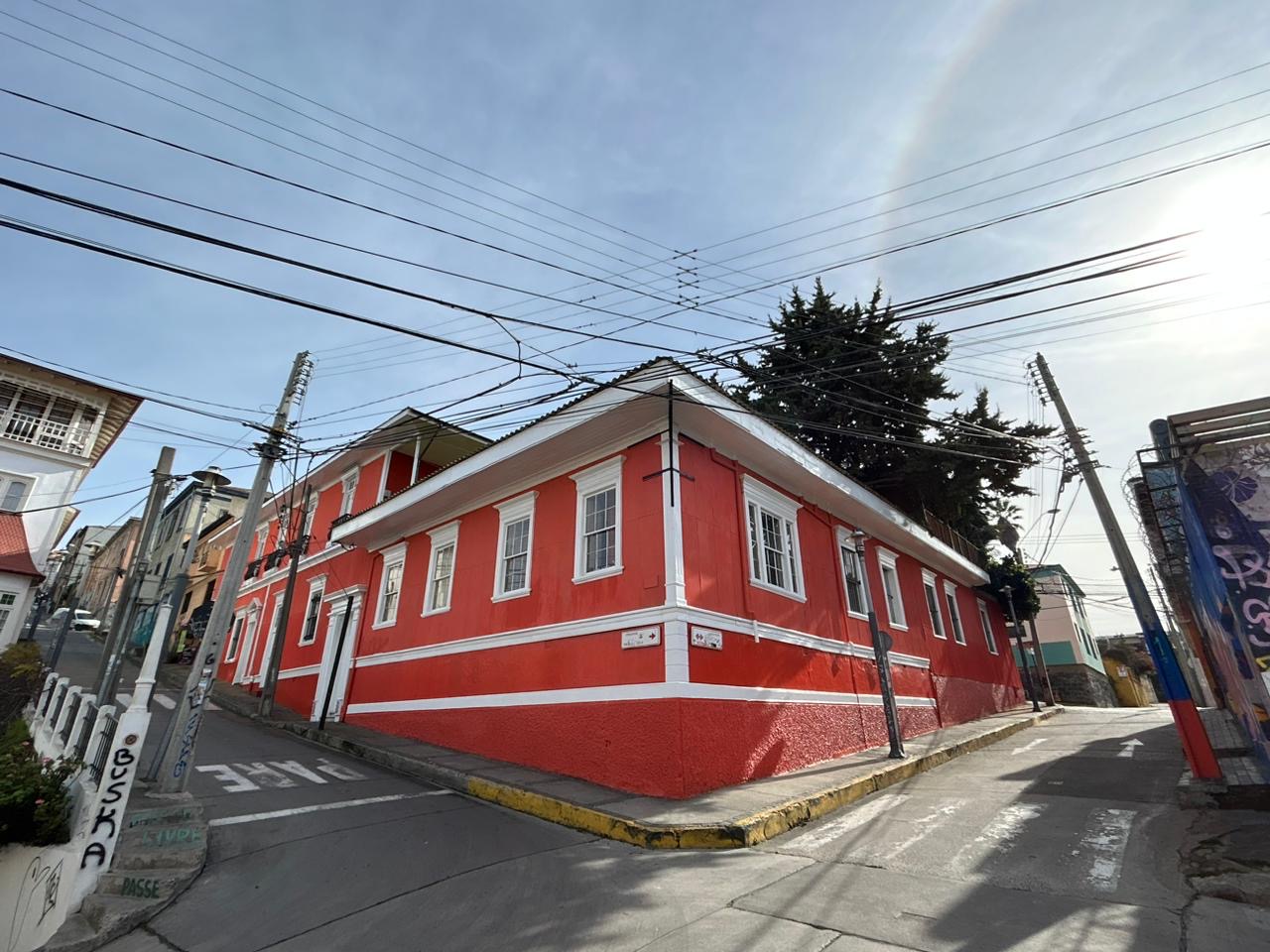
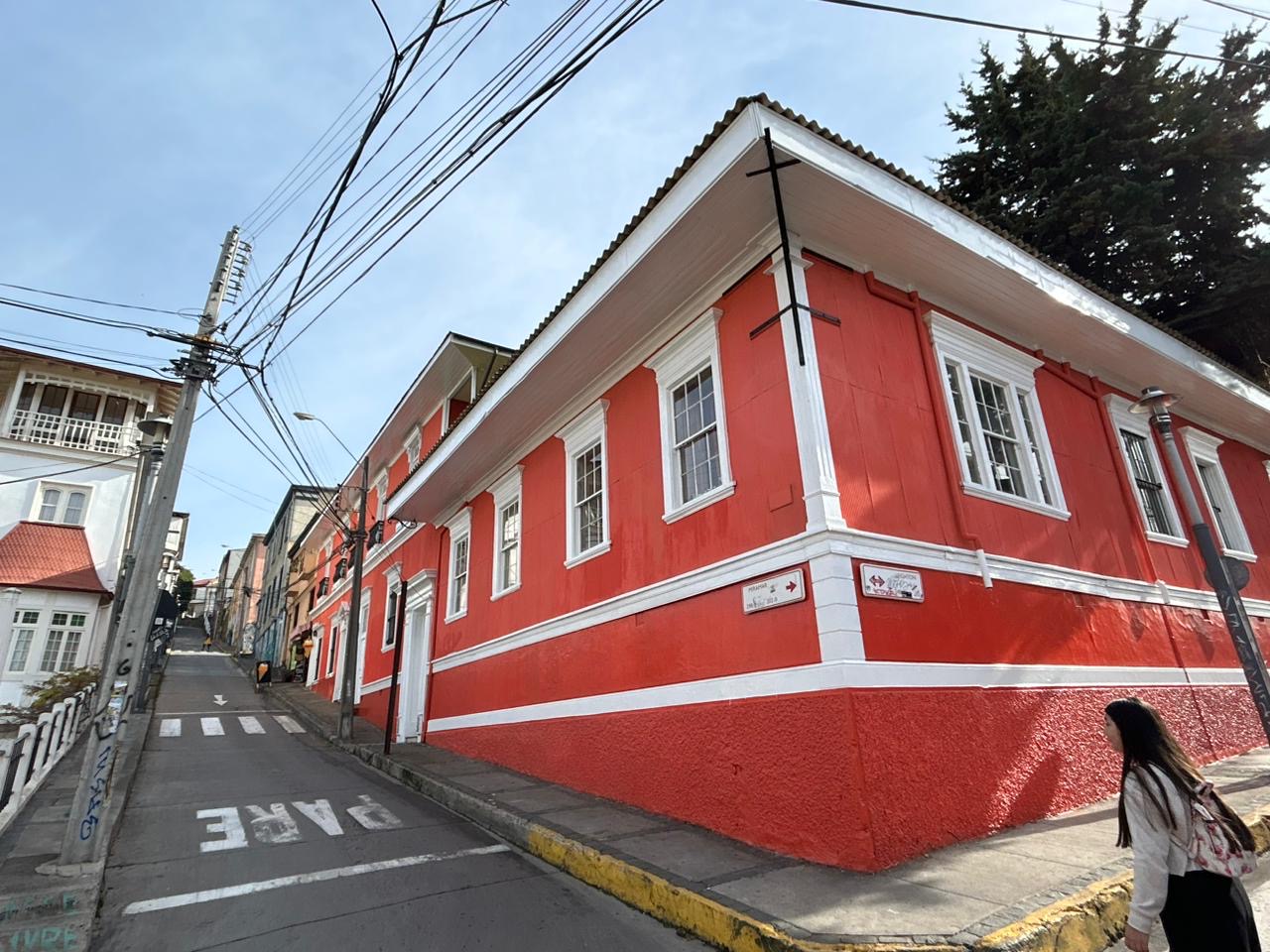
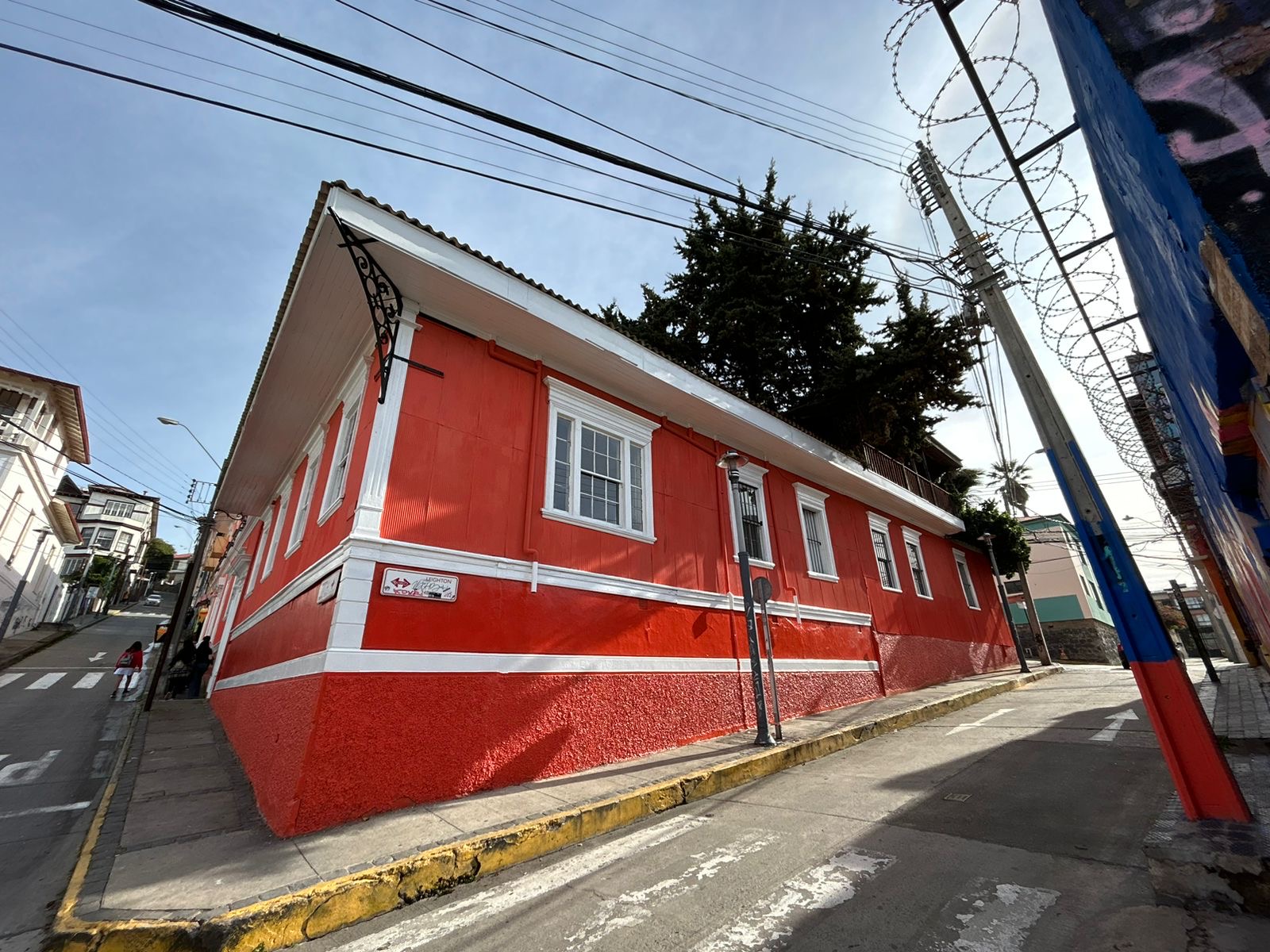
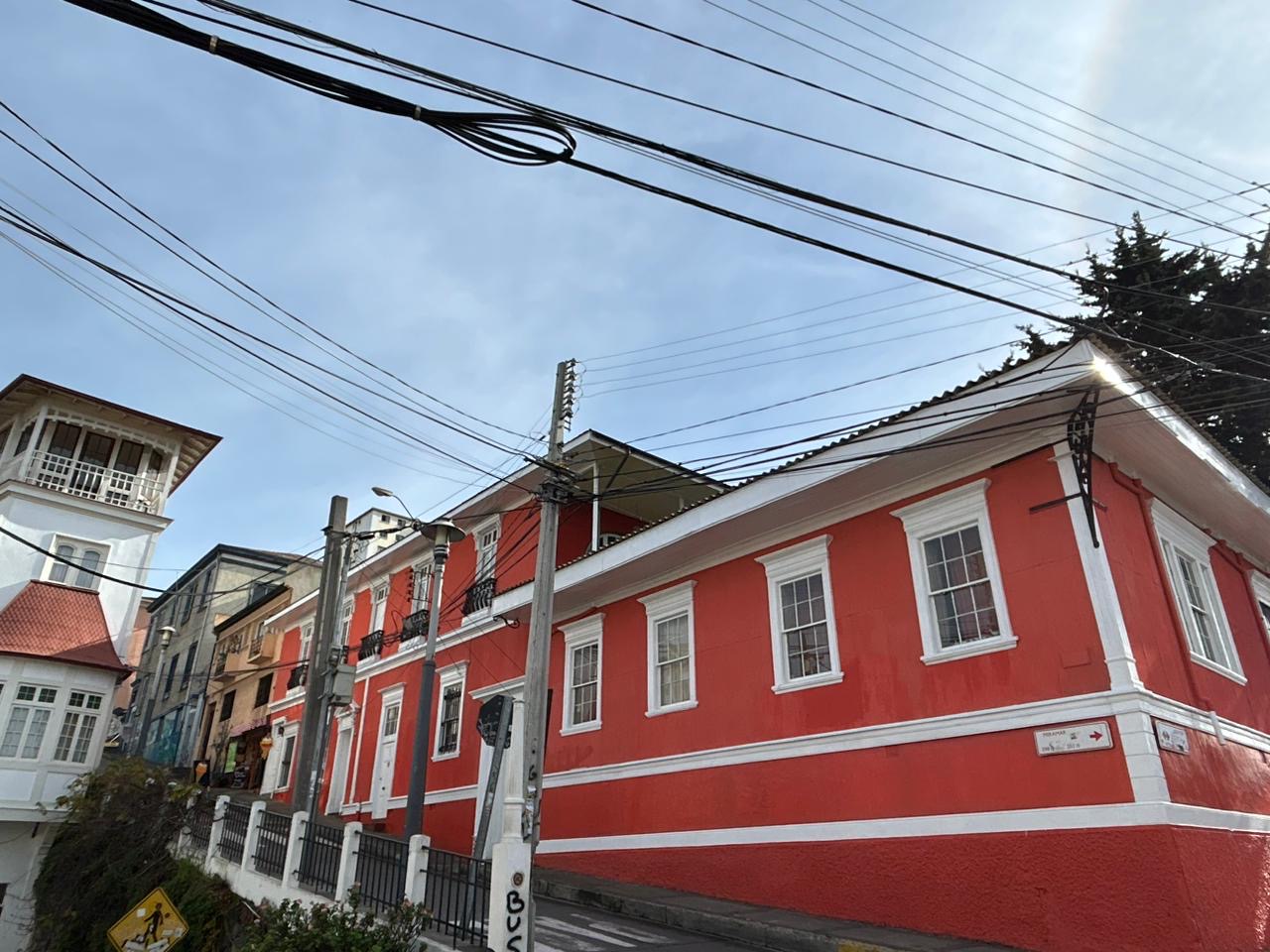
Contact Info
Owner
Email: mulhollandjohnf@gmail.com
(Click email address to open)
For sale inquiries contact:
Conrado González
Jefe Comercial de Valparaíso | Nuevos Negocios
Email: conrado.gonzalez@colliers.cl
(Click email address to open)
Mobile +56 9 7644 0630
El Regidor 66, piso 12 | Las Condes – Santiago | Chile
 HOME
HOME